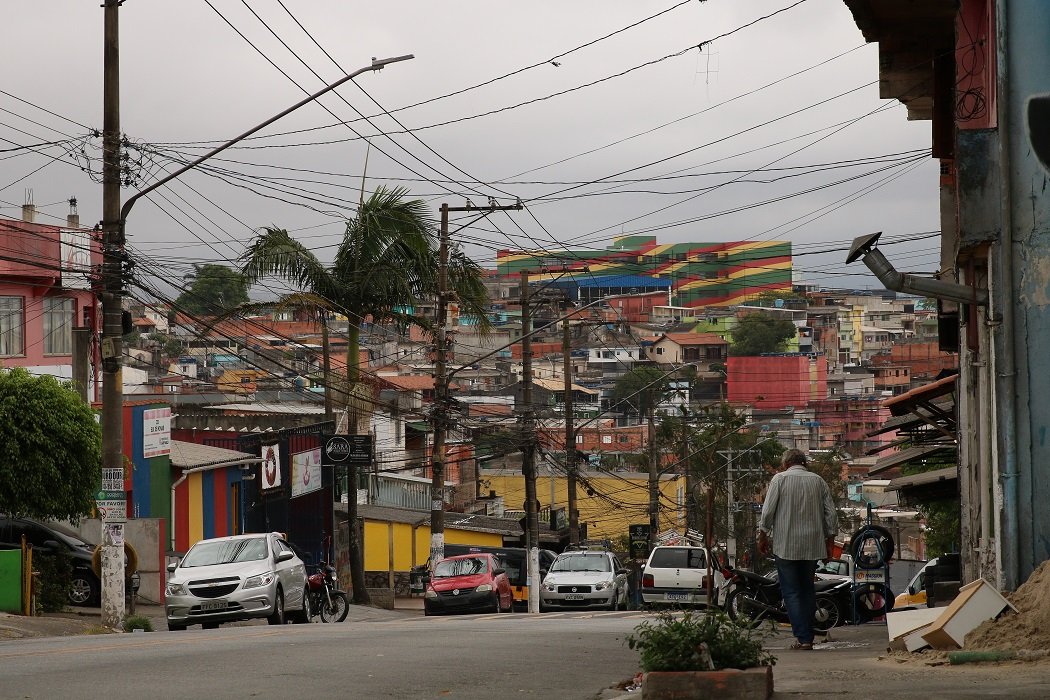Approximately 30 kilometers from Praça da Sé, the city’s main landmark, the 47th Police Precinct in Capão Redondo registered the highest number of robberies between January and August this year among more than 90 precincts in São Paulo. According to data from the Public Security Secretariat (SSP-SP), there were 2,589 robbery reports in this period — a 6% drop compared to the same months of 2024. Despite this slight decrease, Capão Redondo recorded its second-highest number of August robberies since 2001, with 438 documented incidents.
This Content Is Only For Subscribers
To unlock this content, subscribe to INTERLIRA Reports.
Capão Redondo Trend
The increase in robberies in Capão Redondo contrasts with the general trend in the city of São Paulo, where reported robberies fell sharply from 78,200 in 2024 to 68,200 in 2025 — the lowest level in the past 25 years, according to the SSP. This divergence suggests that while citywide crime control measures have been effective, certain peripheral neighborhoods continue to face persistent challenges in curbing street-level theft and violence.
Criminal Profile
Police officers describe the perpetrators in Capão Redondo as mostly young adults between 18 and 20 years old, often acting with extreme aggression and showing little fear of reprisals from organized crime groups. Unlike previous years, when robbers tended to target wealthier areas or the city center, these criminals are now striking within their own neighborhoods. Authorities report that cell phones and wedding rings are their preferred targets, as they can be quickly resolved through established local fencing networks.
Main Time of Day
According to local police, most robberies occur in the early morning, when residents walk alone to bus stops on their way to work. Many assailants reportedly commit these crimes after leaving bars or nightclubs, taking advantage of quieter streets and unsuspecting victims. Police patrols have been intensified during these hours, but officers acknowledge that limited manpower and the neighborhood’s complex geography make it difficult to prevent all incidents.
Analysis:
The persistence of robberies in Capão Redondo, despite a broader decline across São Paulo, reflects the uneven impact of public security strategies within the city. While overall robbery rates have dropped to their lowest level in 25 years, Capão Redondo remains an outlier, signaling that improvements in policing and surveillance have not reached all urban peripheries equally. The combination of high population density, socioeconomic inequality, and limited police presence continues to create conditions favorable to street-level crime, where offenders operate with relative impunity.
The criminal profile emerging from Capão Redondo indicates a shift in the dynamics of urban violence. Young adults committing robberies within their own communities point to both economic desperation and a weakening deterrence effect from local criminal factions. The preference for small, easily resold items like cell phones and jewelry suggests opportunistic rather than organized crime, though the existence of local fencing networks ensures a stable outlet for stolen goods.
Source: Folha de S. Paulo




